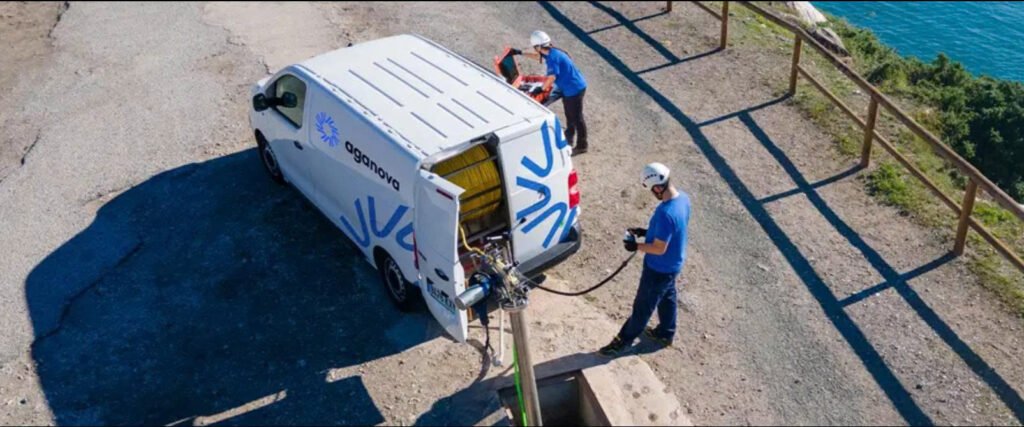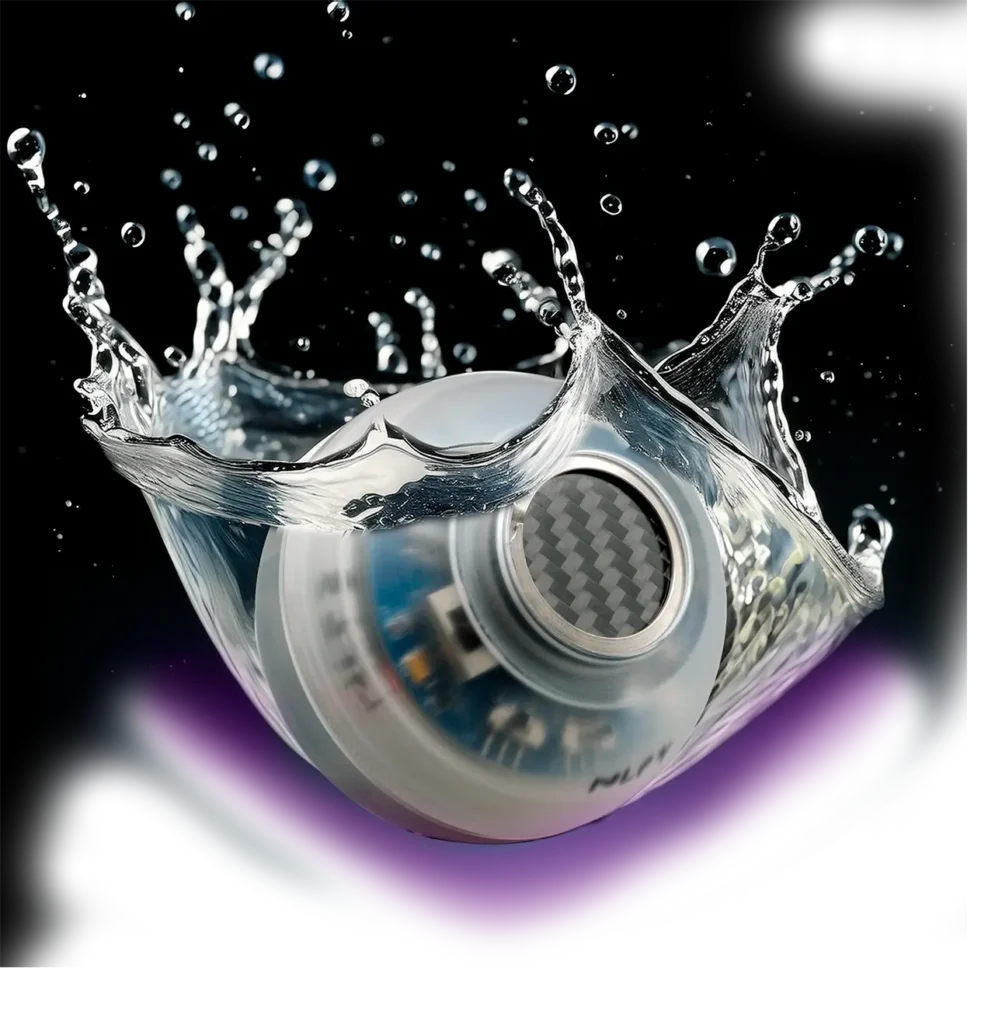
Introduction
Water is one of the world’s most valuable resources, yet it is also one of the most wasted. Cities, industries, and utilities around the globe face a persistent challenge: water loss due to leaks. According to the World Bank, nearly 30% of all water supplied is lost before it even reaches the end user. These losses not only waste natural resources but also increase operational costs, strain infrastructure, and reduce the efficiency of water distribution systems.
Traditional methods of identifying leaks—such as visual inspection or excavation—are time-consuming, expensive, and often ineffective in detecting smaller or hidden leaks. As a result, new technologies have emerged to provide smarter, more precise solutions. One of the most promising advancements in this field is acoustic leak detection, which is transforming the way utilities and municipalities manage their water networks.
The Rising Problem of Water Loss
Global Water Stress
The issue of water loss is not just a technical problem—it is a global crisis. Many regions are already facing water scarcity due to climate change, rapid urbanization, and population growth. Every drop wasted through leaks adds pressure on already strained water systems. By 2050, it is estimated that more than half of the world’s population could be living in water-stressed areas if sustainable water management practices are not widely adopted.
Financial and Environmental Costs
For water utilities, leakage represents a direct financial loss. Producing, treating, and distributing water is costly, and losing significant amounts to leaks erodes revenue. On an environmental level, leaks contribute to unnecessary energy consumption, since water treatment and pumping require electricity and fuel. Therefore, reducing water loss has a dual benefit: lowering costs and minimizing environmental impact.
How Acoustic Leak Detection Works
The Science Behind It
Acoustic leak detection relies on the principle that when pressurized water escapes from a pipe through a crack or hole, it generates sound waves. These sounds are often inaudible to the human ear but can be detected and analyzed with specialized sensors and software.
The system typically involves placing sensitive microphones or hydrophones along the pipeline. These devices pick up sound vibrations caused by leaks. The collected data is then analyzed to pinpoint the exact location of the leak, allowing for targeted repairs rather than costly and disruptive excavation.
Benefits of the Technology
The adoption of acoustic leak detection offers numerous benefits for water utilities and municipalities:
- Accuracy: The technology can identify even the smallest leaks that might otherwise go unnoticed.
- Cost Efficiency: Pinpointing leaks reduces unnecessary excavation and repair costs.
- Time Savings: Faster detection means quicker repair and less downtime for water systems.
- Non-Intrusive: Acoustic monitoring does not require invasive digging or interruptions to water supply.
- Scalability: Systems can be deployed across large urban networks as well as smaller rural pipelines.
Applications Across Industries

Urban Water Utilities
In major cities, water distribution networks are vast and complex. Acoustic leak detection allows utilities to continuously monitor their systems, ensuring that leaks are identified before they escalate into major breaks or service disruptions. This proactive approach helps extend the lifespan of infrastructure and improves service reliability for residents.
Industrial Operations
Factories, refineries, and processing plants also rely heavily on water for their operations. Unnoticed leaks can not only waste resources but also disrupt production. Acoustic technology ensures industrial facilities maintain efficiency and safety by detecting leaks early.
Agriculture and Irrigation Systems
Agriculture accounts for nearly 70% of global freshwater use. Leaks in irrigation pipelines result in water shortages for crops and reduced agricultural productivity. Deploying acoustic systems helps farmers and agricultural managers conserve water, reduce costs, and support sustainable farming practices.
Advancing Sustainability Goals
Reducing Non-Revenue Water (NRW)
Non-revenue water—defined as water that has been produced but is lost before it reaches the customer—is a major concern for utilities worldwide. Acoustic leak detection directly contributes to reducing NRW, thereby improving financial stability and operational performance.
Supporting Climate Resilience
Climate change is altering rainfall patterns, increasing droughts, and putting pressure on water systems. By minimizing water loss, acoustic technology supports resilience and helps communities adapt to changing environmental conditions.
Aligning with Global Sustainability Agendas
Sustainable water management is central to achieving the United Nations Sustainable Development Goals (SDGs), particularly Goal 6: Ensure availability and sustainable management of water and sanitation for all. By enabling utilities and industries to use water more efficiently, acoustic leak detection plays a vital role in advancing these objectives.
Challenges and Future Outlook
Initial Investment Costs
While the benefits are significant, some utilities hesitate to adopt acoustic leak detection due to the initial costs of equipment and training. However, the long-term savings from reduced water loss often outweigh the upfront investment.
Integration with Smart Water Systems
The future of water management lies in the integration of acoustic leak detection with smart technologies such as Internet of Things (IoT) sensors, artificial intelligence (AI), and data analytics. Together, these tools create predictive models that allow utilities to anticipate problems before they occur.
Growing Global Adoption
As water scarcity intensifies, more governments and organizations are recognizing the importance of advanced leak detection systems. The coming decade is likely to see widespread adoption, with acoustic technology becoming a standard practice in water management.
Case Studies of Successful Implementation
Urban Success Stories
Several major cities have already implemented acoustic systems and seen measurable results. For example, cities in Europe and North America have reported significant reductions in non-revenue water, sometimes cutting losses by up to 50%. These successes demonstrate the scalability and effectiveness of the technology.
Emerging Economies
In developing countries, where water scarcity is often more severe, acoustic detection is proving to be a game-changer. By allowing municipalities to stretch limited resources further, the technology supports both economic development and public health.
Conclusion
As the global demand for water continues to rise, the importance of efficient water management cannot be overstated. Leaks in water distribution networks may seem like minor issues, but collectively, they represent a massive drain on resources, finances, and the environment.
Acoustic leak detection technology provides a forward-looking solution that combines precision, efficiency, and sustainability. By adopting this approach, utilities, industries, and agricultural systems can significantly reduce water loss, cut costs, and contribute to global efforts toward sustainable water management.
In the years ahead, the integration of acoustic systems with smart technology will likely transform the way the world manages its most precious resource—ensuring that future generations have access to clean, reliable water.
